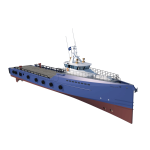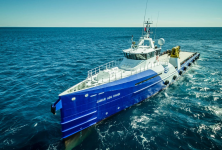I am not especially convinced by vague hand gesturing to outsource RCN duties to contracted ships, who's contracts might never materialize in the first place or be easily cut in the future. Considering how badly the Govt managed to get sponged with the Asterix lease, I don't have high hopes for any future endeavors.
Agree entirely on the point of the Kingston class.
As for the CMMC/CSC plan, building at Irving is simply not feasible. Interspersing CMMC construction with CSC construction will only serve to delay both programs, making a scrambled mess of their respective supply chains and destroy any efficiencies inherent to long term, high number shipbuilding. CSC is far too vital to be delayed, stopped, etc by any other program, especially CMMC. Irving is going to struggle with CSC for sometime, switching it up when they are just getting into their stride is sup-optimal.
Another yard besides the big three needs to be brought in to build CMMC, especially if they want them at anything approaching the frankly insane timelines they have put forward. That will require a sub-1000t ship or NSS to be changed to permit another combatant builder to come onboard.
CSC is expensive but any built in Canada CMMC will likely not be especially cheap either, especially coming from an inexperienced yard. I'd be skeptical of it being a truly "cost effective" endeavor.

 en.wikipedia.org
en.wikipedia.org









